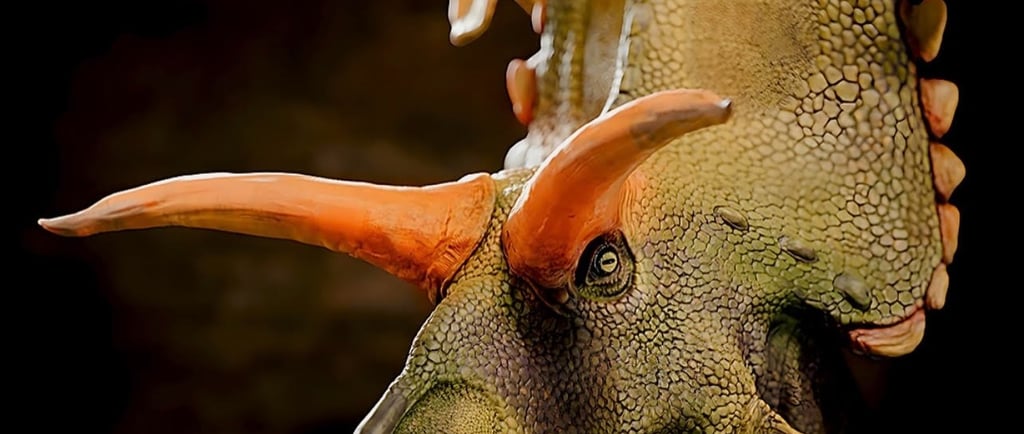The Lokiceratops: A Late Cretaceous Giant


Introduction to the Lokiceratops
The Lokiceratops is an intriguing genus of centrosaurine ceratopsian dinosaurs that thrived during the Late Cretaceous period. Known for its large stature and distinctive features, this dinosaur provides valuable insights into the diversity of prehistoric life. Its fossil remains, which appear to be about 20 percent larger than those of its contemporary ceratopsian, Medusaceratops, set the Lokiceratops apart as a significant figure in the ceratopsid lineage.
Characteristics of the Lokiceratops
One of the most notable aspects of the Lokiceratops is its size. This dinosaur sported an impressive skull base length of approximately 0.95 meters and a total length ranging between 1.92 and 1.99 meters. Its overall length reached about 6.7 meters, with an estimated weight of 5 tonnes, making it a formidable herbivore in its ecosystem. These characteristics not only highlight the physical strength of the Lokiceratops but also suggest a complex evolutionary progression within ceratopsians.
The Significance of Lokiceratops Fossils
The fossilized remains of the Lokiceratops play a vital role in understanding the morphological diversity among ceratopsians. Researchers believe that the distinctive features of the Lokiceratops, alongside its relative size, may indicate adaptive traits developed in response to its environment during the Late Cretaceous. Such findings contribute to the ongoing discussions regarding the ecological dynamics, behavior, and even social structures of these ancient creatures. The Lokiceratops, therefore, is not merely an extinct species; it serves as a key piece of the puzzle in reconstructing prehistoric ecosystems.
